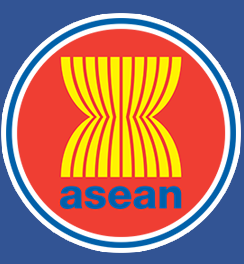ASEAN Journal on Science and Technology for Development
Abstract
The development of the poultry industry must consider the principle of circular economy. Therefore, this study aims to develop a method of fermenting poultry manure as a new, unconventional feed, which can support the model of circular farming. Poultry manure obtained from laying hens was mixed with cassava solid waste at a ratio of 7:3 to maintain proper moisture content. The mixed manure fermented for 14 days into a 30 kg silo in triplicate using different additives, namely Lactiplantibacillus plantarum FNCC 0020 at 1 x 105 cfu/g (LP), Bacillus cereus LS2B as proteolytic bacteria at 1 x 105 cfu/g (BC), multi-purpose microbes at 1% (MP), and a treatment without additives (CON) as the contol. The multi-purpose microbes contained lactic acid bacteria, fibrolytic, proteolytic, and amylolytic. The results showed that MP presented higher organic matter and gross energy with lower crude fiber after fermentation than CON (p < 0.05) in terms of chemical compositions. During fermentation, all microbial treatments caused lower pH and Escherichia coli (not detected), with high lactate production (p < 0.05). In addition, all microbial treatments improved the physical quality by reducing the aroma of manure after ensiling. In the rumen, MP had higher in vitro dry matter digestibility and total volatile fatty acid than CON (p < 0.05). Based on these results, the use of multi-purpose microbes can improve the chemical composition, fermentation, and digestibility of fermented manure, which can be applied as an unconventional feed for ruminants.
Keywords
Circular economy, Fermented manure, Microbial additives, Rumen, Unconventional feed
Publication Date
2025
Received Date
09/10/2024
Revised Date
01/10/2025
Accepted Date
05/10/2025
Recommended Citation
Paradhipta, Dimas Hand Vidya; Terrakota, De Lavida Padma; Agus, Ali; Astuti, Andriyani; Pastawan, Viagian; and Hidayah, Kharisma Taufiqa
(2025)
"Manure Handling in Circular Farming: An In Vitro Study of Fermented Poultry Manure as Unconventional Feed for Ruminants,"
ASEAN Journal on Science and Technology for Development: Vol. 43:
No.
1, Article 17.
DOI: https://doi.org/10.61931/2224-9028.1642
Available at:
https://ajstd.ubd.edu.bn/journal/vol43/iss1/17

